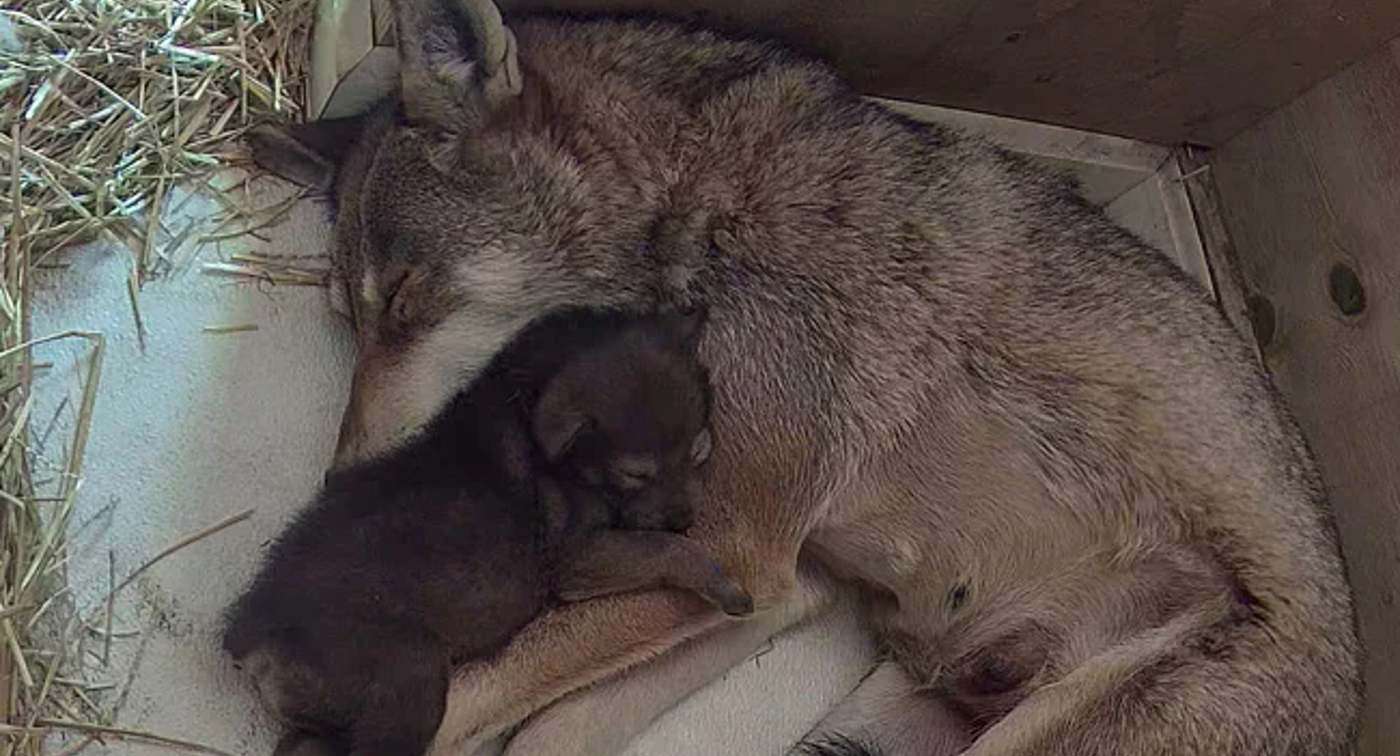Watch the Moment a Lost Panther Kitten is Reunited With Mother, Thanks to Florida Wildlife Officials
A Florida panther kitten separated from her mother was reunited after persistent attempts to lure the mom out of the woods.

Born at the Zoo on May 5, six-year-old mom Brave has been observed carefully tending to her little one. This is a historic birth for the zoo and an emblem of hope for the survival of this species. Only 15-20 red wolves remain in the wild, and they are all located in eastern North Carolina.
This now month-old pup is the first red wolf born at Roger Williams Park Zoo since 2005 and first ever successful birth for Brave and her companion Diego.
The zoo's zookeepers and veterinary team continue to monitor mom and baby through the use of an infrared camera located inside the wolves newly built birthing den. While the pup has been observed nursing and appears to steadily gain weight, the next month is a critical time for the pups' development.
While seven-year-old Diego, the father, may be seen in the wolves' North American habitat now, the pup and mother will most likely remain in the den for the next several weeks. Guests may be able to catch a glimpse of the pup when they begin to venture outside of the den.
Until then, follow the zoo's Facebook and Instagram for updates on the pup's progress.
Named for their red-tinged fur, red wolves are smaller than their better-known cousins the gray wolf, and larger than the coyote. They most often hunt smaller mammals including raccoons and rabbits, but they will occasionally prey on deer. Beyond howls, red wolves communicate through scent marking, facial expressions, and body posture.
LOOK: 12 Critically Endangered Red Wolf Pups Are Born in North Carolina – A Conservation Baby Boom
Red wolves were listed as Extinct in the Wild by 1980. Through the collaboration of the U.S. Fish and Wildlife Service and the Associations of Zoos and Aquariums' (AZA) Red Wolf Species Survival Plan® (SSP), the last 14 remaining wild red wolves were brought into zoos to establish a captive breeding program with the primary objective of forming the foundation of a wild population through reintroduction back to the wild.
SSP's are cooperative species population management and conservation programs undertaken for threatened or endangered animals by AZA member institutions. The goal of this SSP and all Species Survival Plans is to build and maintain a healthy and genetically diverse population. Thanks to the collaborative efforts of these partner facilities across the United States, the captive red wolf population has once again risen steadily to nearly 250 wolves.
Source: Roger Williams Park Zoo
HOWL the Good News Loud and Clear; Share This Story With Mates…
Be the first to comment